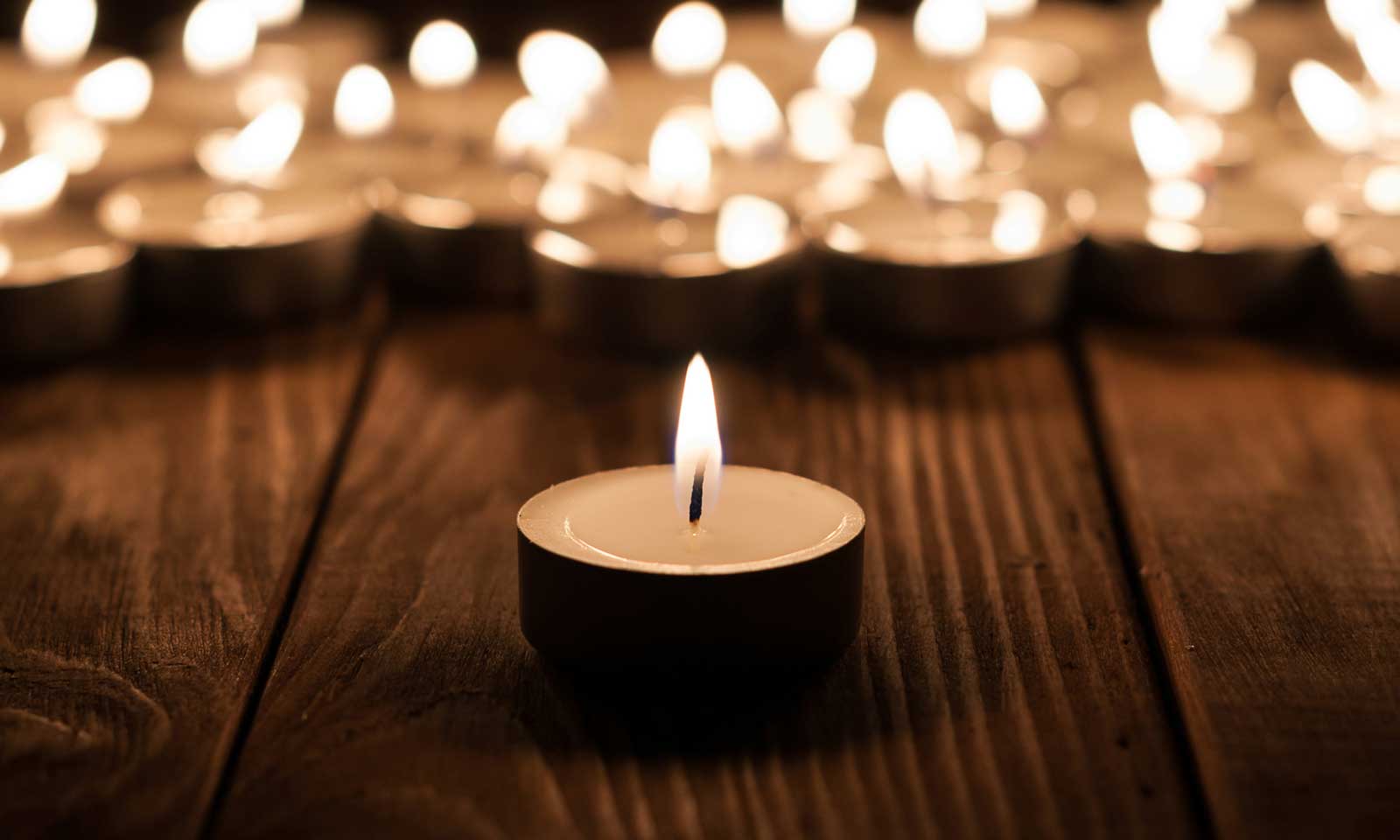In Meg Jay’s New York Times article “The Downside of Cohabiting before Marriage” publishes on April 14, 2012, the author suggests that cohabiting may not be a good factor in marriage like many people assume, actually, it may enlarge the possibility for couples to divorce after marriage. She argues that cohabiting couples may just slide into marriage without serious conversations about why they should live together, and, unfortunately, people’s standards of a live-in partner are lower than their standards of a spouse in most cases, which leads to unhappiness after marriage and therefore enlarges the risk of divorcing. Meg also suggests that people may have different views toward cohabiting: Women are more likely to think cohabiting as a step towards marriage, while men are more likely to see it as a way to test a relationship. These asymmetry ideas may lead to low quality of understanding and may eventually lead to the break of a marriage. She argues that cohabiting is filled with high switching cost, which may make people be “locked in” by cohabiting, and miss their true love because of it. Finally, Meg concludes that because of the high risk of cohabiting before marriage, young people should discuss the commitment level and motivation before sliding into cohabiting to prevent the cohabitation effects.
Unfortunately, there aren’t many real examples in Meg’s article, and the examples Meg gives in her article do not support her conclusion solidly. Firstly, she suggests that there are some risks lie in cohabitation itself, and gives examples which show that heedless cohabitation which leads to unhappy life and eventually leads to break up of the relationship. However, all those examples only suggest that a heedless relationship will end badly, which is a common knowledge. So that those examples are not incontrovertible evidence of the risks lie in cohabitation. She also mentions in her article that cohabitation is loaded with switching cost, which makes it difficult to break up and finds a more suitable partner. But in fact any close relationship will bring switching cost, and will make people have a hard time to make right choices. It is true that cohabitation is hard to break up, but breaking up a marriage is even harder. In this case, I believe marriage is even more dangerous than cohabitation. The author assumes that a never-breaking marriage is the ultimate goal. However, this is a false supposition. There are many stories about unhappy couples who live together for lifelong time. They waste all their life to endure each other, and miss all the opportunity to find a better partner. It’s more tragic than those who divorce and then find a better partner. So that I think a right partner is much better than an unbreakable marriage.
As for the statistic, she suggests that there are some researches which show that couples who have cohabiting experience have a higher divorce rate than those who have no cohabiting experience. However, she fails to give us the exact numbers. But according to a longterm research carried out by U.S. government which has a sample base of 22682 people, the couples who have cohabitation experience have a divorce probability of nineteen percents, and the probability of divorce for those who did not have cohabitation experience is twenty percents. So, according to this research those couples who cohabit before marriage are not more likely to get divorce. Because of the fact that most cohabiting couples are more open-minded compare to those who have no cohabiting experience, they are more open to choose divorce if their marriage doesn’t work out. So the lower possibility of divorce actually suggests that couples who cohabit before marriage have a better marriage quality than couples who do not. And there is indeed a research that shows cohabitors who marry report greater happiness, fewer disagreements, and less instability in their unions and are more able to resolve their relationship conflicts through nonviolent means. So that I believe that cohabiting experience may help people live a better life after marriage.
In her article, Meg Jay has given us some evidence which cannot fully support her ideas. The real world statistics also suggest that cohabitation may have a good effect on marriage. Therefore I believe “Cohabitation Effect” only exists on some special clients of Meg Jay. For most other people, cohabitation actually has a good effect.
